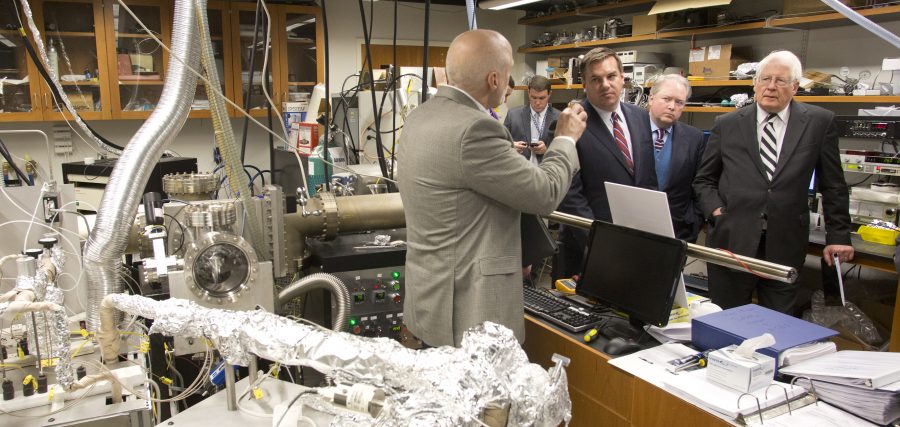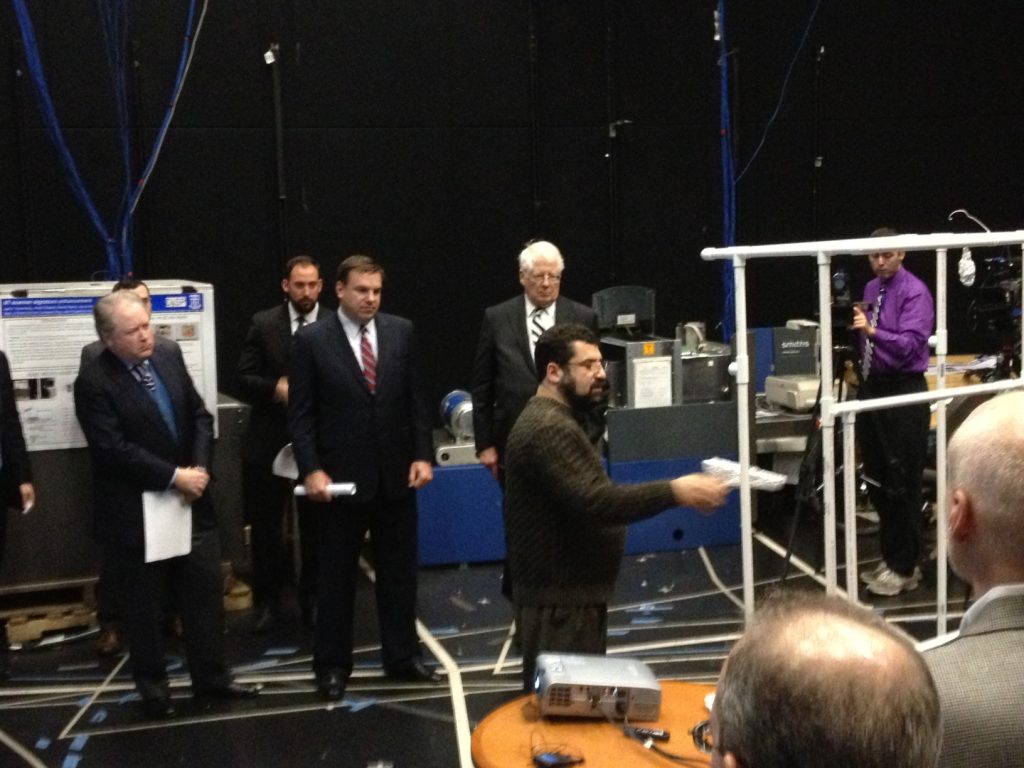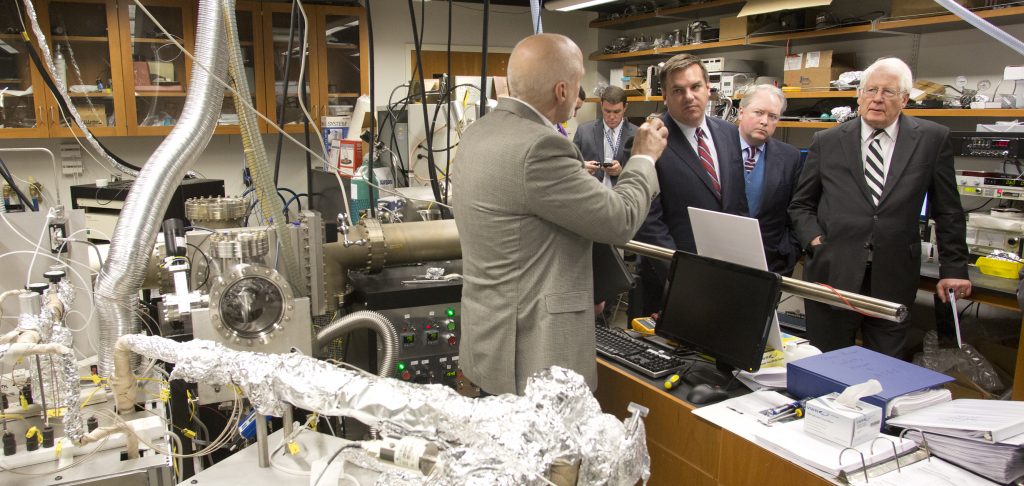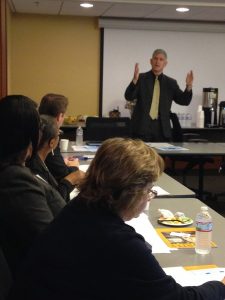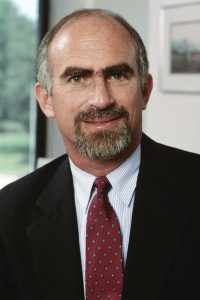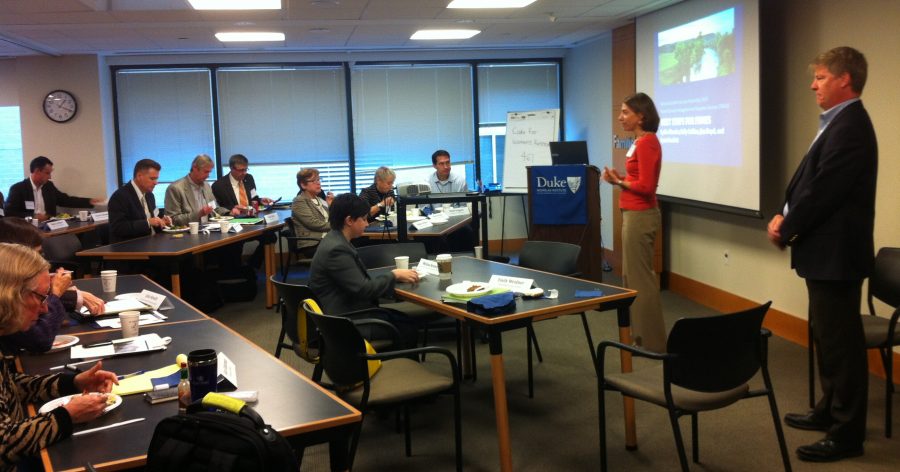UPDATE: posted Monday, Oct. 21
Agencies release guidance for resumption of service, grant application submissionsAs the federal government resumes normal operations, individual agencies have begun to release guidance for the grant application, review, and award activities that were impacted by the government shutdown. Below are links to those agencies with direct impact upon the Duke community:
National Institutes of Health:
The NIH has moved all submission deadlines that were intended to take place in October to November dates to allow applicants access to the resources and support of NIH staff. November deadlines will not change.
The Electronic Research Administration (eRA) website is now operable. Further information on how the NIH will resume operations, reschedule meetings and reviews, and prioritize tasks is available here.
National Science Foundation:
The NSF FastLane is now available for proposal preparation and submission. Applicants, peer reviews, and current award recipients may resume normal operations of submission, uploading reviews, and drawing down funds using the NSF web portals. The NSF will provide revised due dates for funding opportunities that had a submission date between Oct. 1 and 25, 2013. They have also announced delays for the posting of new funding opportunities, review of submissions, and responding to inquiries.
Further official guidance from the NSF is available here.
UPDATE: posted Thursday, Oct. 17
President signs Continuing Resolution, Federal Government begins process of reopening
President Barak Obama has now signed a continuing resolution that brings federal employees back to work and reopens many government functions. Federal employees were directed to report to their offices for normal hours beginning Thursday, Oct. 17.
The Office of Management and Budget has instructed employees to reopen their offices in a prompt and orderly manner; however, please bear in mind that employees will need time to respond to all emails, phone messages, and other requests they have received during the 16 day shutdown.
Members of OFR will continue to monitor the situation as the government returns to normal operations.
UPDATE
Message re: Current Status of Extramural Operations at NIH — posted 10/15/13 at 10:30am
Please see below note from NIH’s deputy director for extramural research. Additional guidance from NIH advises that “applicants are strongly encouraged not to submit paper or electronic grant applications to NIH during the period of the lapse.“
TO: NIH Extramural Community
This is a brief communication to update the biomedical research community of the current status of extramural operations at NIH. The NIH continues to be shut down for all non-excepted activities. This means that the vast majority of NIH staff that oversee program, review, and grants management are furloughed, NIH grants and contract submissions are not being processed, reviews are not occurring, and no awards are being made. As described in NOT-OD-13-126, the Payment Management Systems remains operational and funds for most grants awarded before the shutdown can continue to be drawn down.
As the shutdown drags on, the challenge of reestablishing normal operations quickly is growing. Once the shutdown is over, NIH will need time to set new dates for grant and contract submissions, review meetings, conferences, and other activities that were scheduled to happen during and immediately following the period of the shutdown. It will take us a few days after this is over to communicate our plans, so please bear with us.
You can find the current guidance posted at grants.nih.gov. Once we reopen, additional information will be posted and published in the NIH Guide as quickly as we can make it available.
All of us at NIH hope the current situation is resolved soon, but we don’t know when that will be.
We appreciate your patience as we go through this difficult experience together.
Sincerely,
Sally Rockey, Ph.D.
NIH Deputy Director for Extramural Research
UPDATE
Appearances by Federal Officials CANCELED — posted
0/2/13 at 1:30pm:
Two events, featuring keynotes by federal officials, have been canceled due to the federal government shutdown.
The Gulf Study: Investigating the Human Health Effects of the BP/Deepwater Horizon Oil Spill, featuring Richard Kwok of the National Institute of Environmental Health Sciences, has been postponed to Spring 2014. The event was scheduled for lunchtime on Oct. 3, hosted by the Duke Global Health Institute.
Energy Security in an Era of Climate Change, featuring Daniel Poneman, the Deputy Secretary of Energy, was postponed until after the government resumes normal functions. He was to kick off the Energy Speaker Series on Tuesday, Oct. 1.
UPDATE
Status of Duke – Navy Football Game — posted 10/1/13 at 5:30pm:
The Service Academies (Navy, Air Force, Army) will make decisions on the status of athletic competitions scheduled for Saturday, Oct. 12, including the Duke – Navy game, late next week. At this time, Duke athletics is operating under the assumption that this game will take place as planned at 12:30pm on Saturday, Oct. 12. We will provide further updates as they are available.
UPDATE
Federal Government Enters Shutdown Mode — posted 10/1/13 at 9:30am:
As midnight on Oct. 1 approached and Congress had yet to reach an agreement over funding the federal government, the Office of Management and Budget (OMB) sent notice to all federal agencies instructing them to begin executing their contingency plans. Below are updates from those agencies whose operations have a direct impact on the Duke community.
Department of Education:
There will be minimal impact on schools, lenders, and guaranty agencies and their ability to administer the Title IV Programs, which include federal student loan programs. Activities related to the disbursement of Pell grants and other Direct Federal Student Loan programs will continue, and staff and contractors associated with these programs could continue to work as well.
Additionally:
– Most customer service contact centers will remain open.
– The eCampus-Based (eCB) Web site will remain operational and FISAPS can be submitted,
although the filing deadline will be extended because the call center will be closed.
– FAFSA on the Web and most other processing sites will be operational.
Department of Energy:
Staff supporting the Advanced Energy Research Projects – Energy (ARPA-E) are not essential to the safety of human life or the protection of property and therefore will not report to work through a government shutdown. Only funds currently obligated to contractors and available for current fiscal year operations. No new awards will be permitted.
National Institutes of Health:
The Payment Management System will remain operational. This means individuals who are currently receiving grant funds from HHS departments will be able to drawdown their funds. However, please be aware that HHS administrative staff will not be available to provide routine services.
In addition, the www.grants.gov website will remain operational. Individuals will be able to submit grant applications; however, these will not be processed until the government resumes normal operations.
National Endowment for the Humanities:
During a shutdown, NEH’s core functions will be halted, including application processing and review, grant oversight and payments, staff travel, staff training, and procurement activities.
Grants.gov, mentioned above, also processes applications to the NEH and will continue to function. Individuals will be able to submit applications; however, technical and administrative support will not be available, unless the question may be answered by excepted employee from the Office of Information Resources Management. No help desk or contact support for grantees will be available.
National Science Foundation:
Individuals with grant funding through the National Science Foundation should expect a direct message with information regarding access to funds. The NSF has indicated that work may continue on these projects to the extent that doing so will not require federal staff intervention and that funds are available. The NSF will not distribute funds through the shutdown.
Department of Defense:
On Monday night, President Obama signed a measure that continues funding for those contractors whom Secretary of Defense Chuck Hagel determines “are providing support to the Armed Forces.” The Defense Department has not yet indicated how broadly Secretary Hagel will apply this authority.
General Notes:
If you have meetings scheduled with federal officials in the coming days and weeks, please call ahead to determine the operational status of the office.
OFR will continue to monitor the situation and provide updates to the Duke community as further information becomes available.
Below are direct links to agency communications.
Read More:
Department of Education (ed.gov)
Department of Energy (energy.gov)
Department of Health and Human Services (hhs.gov)
National Endowment for the Humanities (NEH.gov)
National Science Foundation (nsf.gov)
Original post dated 9/26/13:
The following memo was sent to Duke deans, department heads, managers and others from Michael Schoenfeld, vice president for public affairs and government relations. OFR will continue to provide updates as they become available.
The Office of Federal Relations is closely monitoring the budget negotiations in Washington to determine the implications of a possible federal government shutdown on Duke and its activities. If such a shutdown takes place, it will begin next Tuesday, October 1.
The Office of Management and Budget has instructed all federal agencies and congressional offices to prepare contingency plans for internal use.
At this time, OMB has not provided guidance on communicating these plans to non-governmental employees, so it is unclear what the potential impact of a lapse in government activities will be on the Duke community.
Our Federal Relations team in Durham and Washington, DC, will continue to watch for further developments and communications from the federal agencies, but it is possible that official guidance will not become available until after the shutdown takes place. As information is received, we will share it with members of the Duke community through Duke Today. In the meantime, if you have meetings or events planned with federal officials during the next few weeks or have time-sensitive business (i.e. deadlines), it is recommended that contingency plans be considered before the close of business on Monday, September 30.
Attached are two publications from OMB and the Congressional Research Service (CRS) regarding federal government shutdowns for your reference.
Read More:
Shutdown of the Federal Government: Causes, Processes, and Effects (CRS)
Section 124 – Agency Operations in the Absence of Appropriations (OMB)
Related:
Higher Education Braces for Government Shutdown and More Fiscal Fights (Inside Higher Ed)


